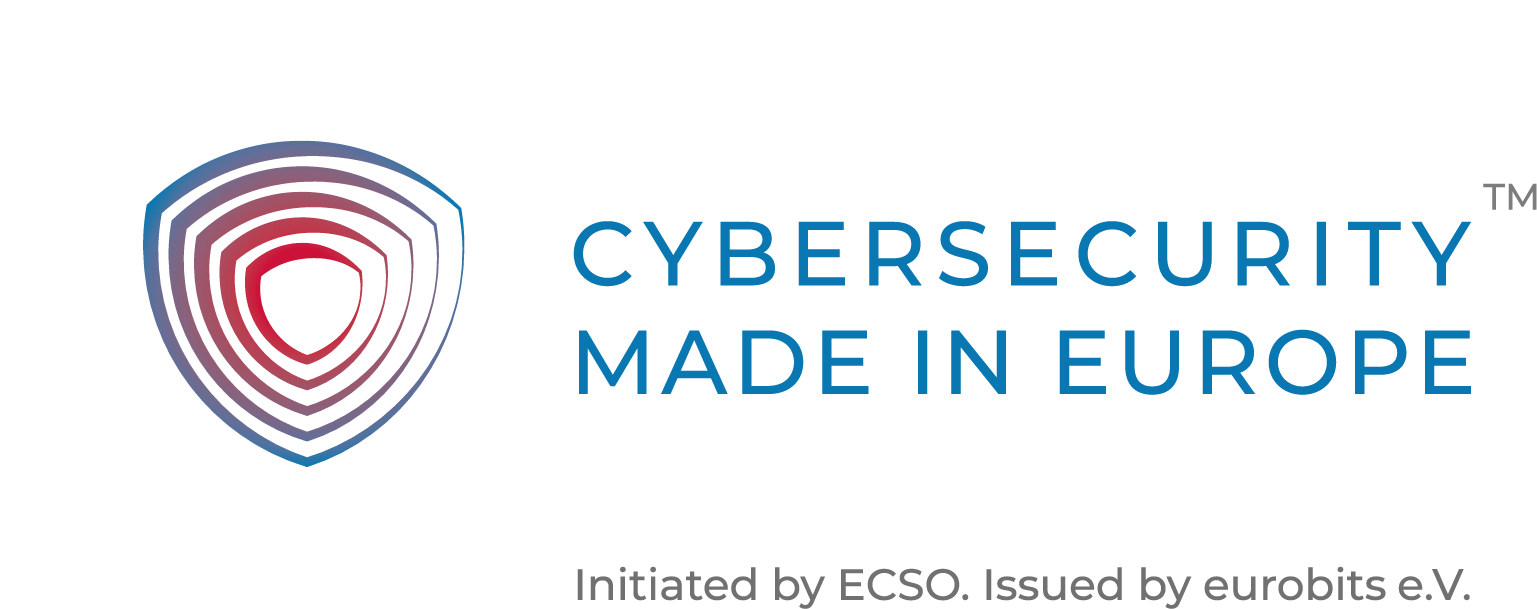or The Secrecy about your own Security Measures
In the world of cybersecurity, there is an ongoing debate about whether security through obscurity is a viable strategy. Security through obscurity is the practice of using secrecy or the withholding of information as a security measure. On the other hand, security through visibility relies on making security measures public to deter potential attackers. In this article, we will explore the pros and cons of both approaches.
Pros of Security through Obscurity
Slowing Down Attackers: By keeping certain aspects of your security measures secret, you can potentially slow down attackers, giving you more time to respond and mitigate the attack. This is particularly true if the attacker is unfamiliar with the system or technology being used.
Discouraging Casual Attacks: Obscurity can also discourage casual attackers who are looking for easy targets. If an attacker sees that your system uses uncommon or obscure methods for security, they may be less likely to attempt an attack due to the perceived difficulty.
Protection Against Known Exploits: If you have identified a vulnerability in your system that can be exploited, implementing a measure of obscurity can potentially protect against attacks targeting that specific vulnerability.
Cons of Security through Obscurity
False Sense of Security: Security through obscurity can give a false sense of security. If the security measures are not robust enough, an attacker may be able to bypass them easily. Also this false sense of security often leads to not being up tp date, if there are new dangers, new attack vectors, new found bugs in your software. It is extremely important to update your existing security measures or even extend them by new/other ones if need be.
No Deterrent Effect: Security through obscurity does not have a deterrent effect on attackers. If the attacker does not know that the security measures are in place, they may not be deterred from attempting an attack.
Limited Effectiveness: Security through obscurity is only effective as long as the secret remains a secret. Once the secret is exposed, this security measures become ineffective.
Pros of Security through Visibility
Deterrent Effect: Making security measures public can act as a deterrent to potential attackers. If they know that the security measures in place are robust, they may be less likely to attempt an attack.
Improved Collaboration: By making security measures public, collaboration between security professionals can be improved. This can lead to the development of more effective security measures.
Continuous Improvement: Making security measures public can lead to continuous improvement. As vulnerabilities are identified, they can be addressed, and the security measures can be updated.
Cons of Security through Visibility
Increased Attack Surface: The more visible your system or security measures are, the larger the attack surface is. Attackers can analyze the system and identify potential vulnerabilities, weaknesses, and entry points that may not be immediately obvious or accessible through obscurity.
Increased Risk of Social Engineering: If your security measures are visible, attackers can use social engineering tactics to trick or deceive people into providing sensitive information or access. For example, an attacker could pose as an employee or vendor and convince an employee to provide login credentials or other sensitive information.
Target for Sales and/or Discussion: Openly speaking about your security measures could invite sales people to use this as a conversation starter. Or maybe it may encourage people to challenge your choice of security measures in place.
Both security through obscurity and security through visibility have their pros and cons. Ultimately, the best approach will depend on the specific needs of the organization or stand point. While security through obscurity can provide initial protection, it can give a false sense of security and is only effective as long as the secret remains a secret. On the other hand, security through visibility can act as a deterrent to potential attackers and lead to continuous improvement. However, it can be more expensive and may increase the risk of attack. It is essential to evaluate both approaches carefully and choose the one that best suits the organization’s needs.
If you want to elevate your cyber defense to the next level - contact us today!

